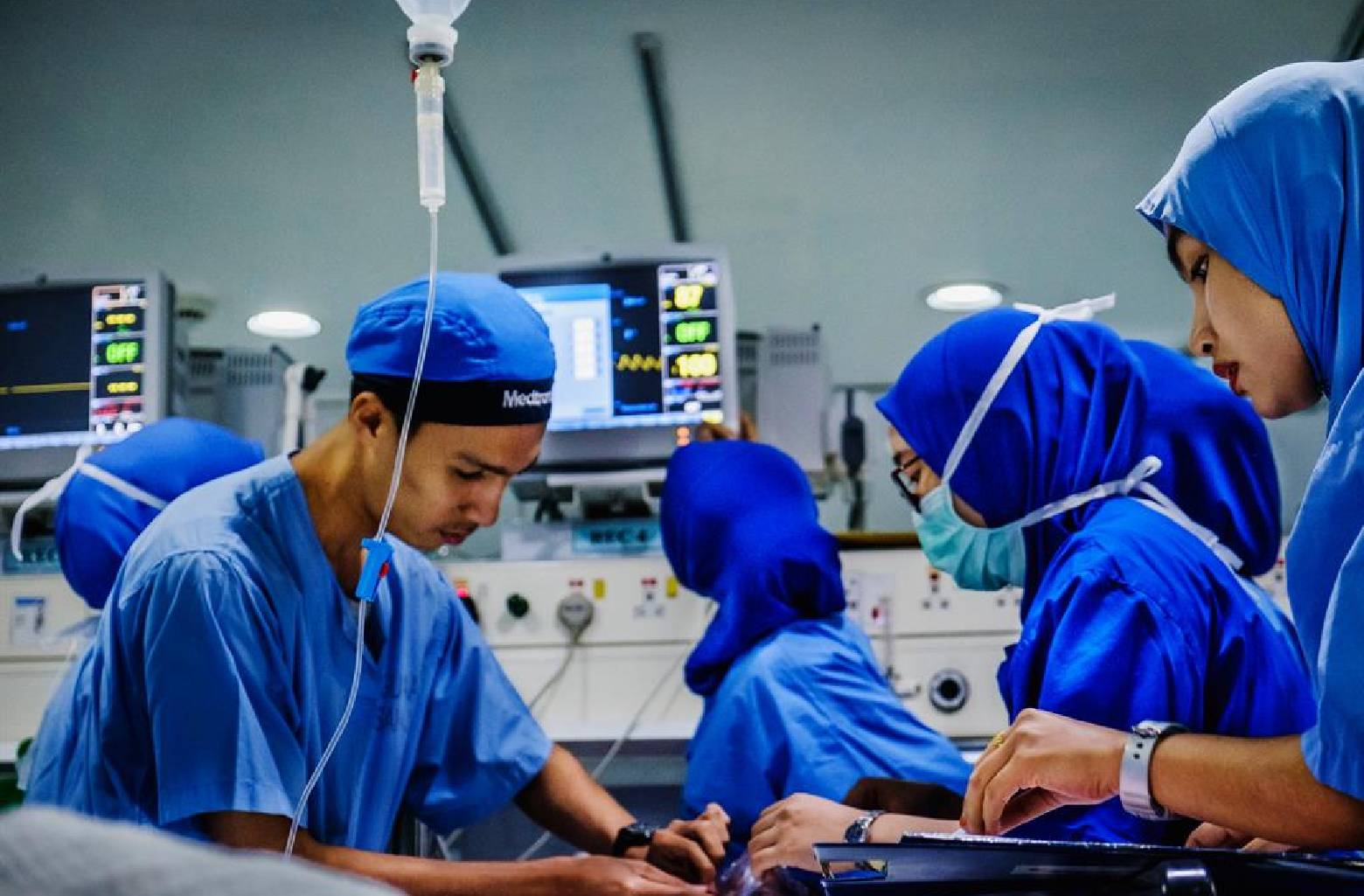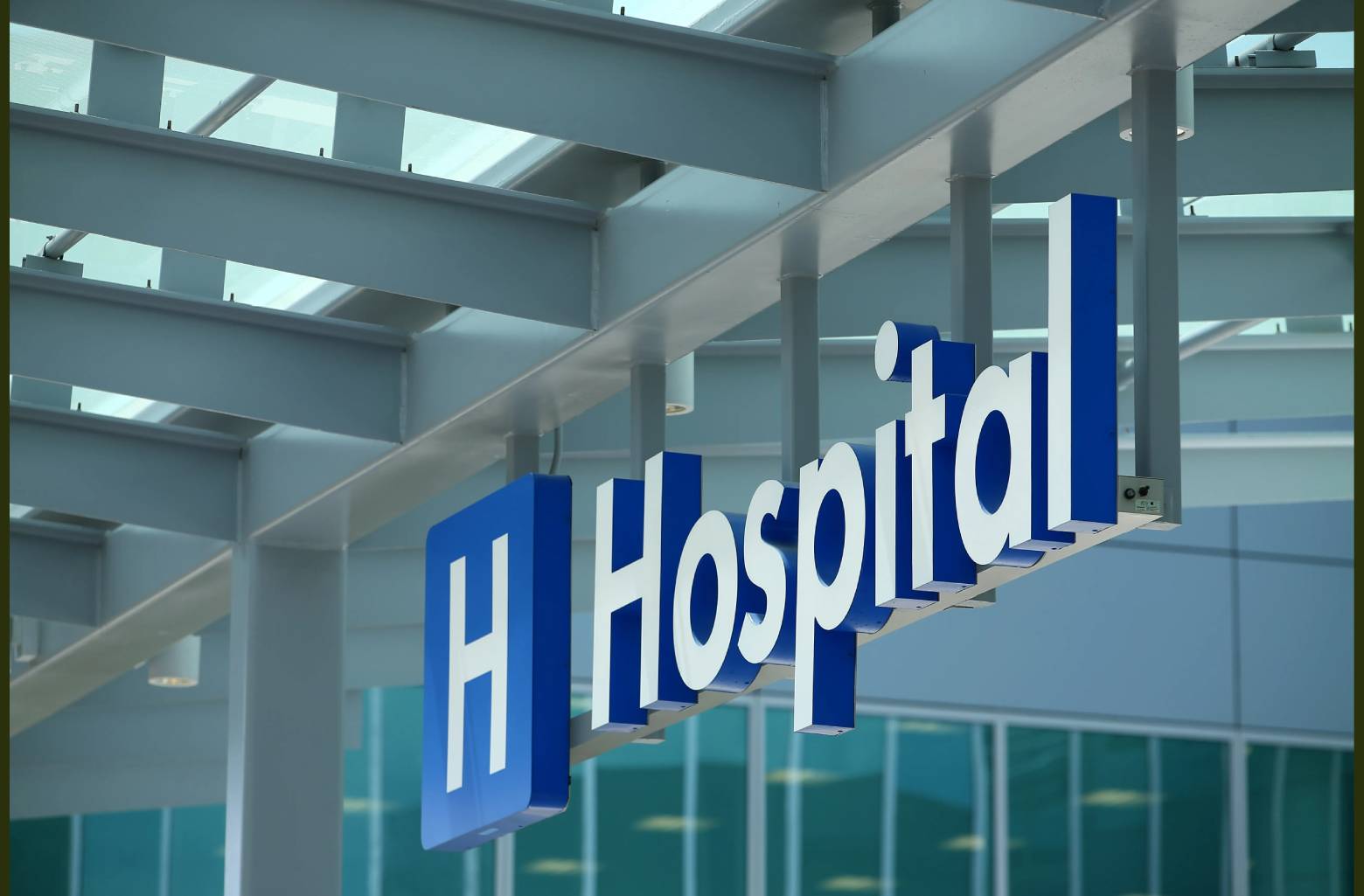In the heart of East Africa lies Kenya, a nation rich in culture, diversity, and natural beauty. As the country strides towards progress and development, its health system plays a pivotal role in ensuring the well-being of its citizens.
In this comprehensive blog, we will delve into the intricate tapestry of hospitals in Kenya, exploring their challenges, triumphs, and the evolving landscape of health in the nation.
Healthcare Financing and Accessibility:
Affordability and accessibility remain key concerns for many Kenyans seeking healthcare services. This section will examine the various financing models in place, including the role of insurance schemes and the impact of out-of-pocket expenditures on different socioeconomic groups.
Additionally, we will explore initiatives aimed at making good health more affordable and accessible, such as community health programs and public-private partnerships.

Maternal and Child Health:
Maternal and child health is a critical aspect of any good health system, and Kenya is no exception. This section will delve into the challenges and successes in maternal and child health, exploring issues like maternal mortality rates, access to prenatal and postnatal care, and vaccination programs.
We will also highlight initiatives and interventions that have positively impacted maternal and child health outcomes in the country.
Infectious Diseases and Emerging Health Threats:
Kenya has faced its share of health challenges, including the prevalence of infectious diseases like malaria, HIV/AIDS, and tuberculosis. This section will provide an overview of the strategies employed to combat these diseases, including prevention, treatment, and ongoing research efforts.
Additionally, we’ll discuss the country’s preparedness and response mechanisms in the face of emerging health threats, such as the global COVID-19 pandemic.

Human Resources for Health:
The availability and distribution of health professionals are crucial factors in ensuring effective healthcare delivery. This section will explore the status of human resources for health in Kenya, including the challenges of good health worker shortages, the migration of skilled professionals, and initiatives aimed at training and retaining a competent health workforce.
We will also discuss the role of international partnerships in addressing these challenges.
Challenges and Opportunities:
No health system is without its challenges. In this section, we will critically assess the obstacles that Kenyan hospitals face, ranging from infrastructural limitations to systemic issues.
However, amidst these challenges, there are opportunities for improvement and growth. We’ll discuss potential solutions and strategies for overcoming these hurdles, drawing on successful case studies and lessons learned from other good health systems globally.

Future Prospects and Recommendations:
As Kenya looks towards the future, what does the roadmap for its health system entail? This concluding section will explore the potential avenues for improvement, innovation, and sustainability in the realm of good health. n
Recommendations for policymakers, health professionals, and the community will be discussed, with a focus on fostering a resilient and patient-centric health system for all Kenyans.
Technological Advancements in Kenyan Hospitals:
In the era of rapid technological evolution, Kenyan hospitals are embracing innovative solutions to enhance patient care and improve operational efficiency. From the implementation of electronic health records (EHRs) to telemedicine services, this section will shed light on how technology is revolutionizing good health delivery in Kenya.
We will also discuss the challenges associated with the integration of these technologies and their potential to bridge urban-rural health gaps.

Urban vs. Rural Disparities:
One of the critical challenges facing the Kenyan health system is the urban-rural healthcare divide. While urban centers boast state-of-the-art facilities and specialized medical services, rural areas often grapple with a lack of basic good health amenities.
This section will explore the factors contributing to this disparity, such as infrastructural limitations, healthcare workforce distribution, and the impact on the overall health outcomes of the population.
Government Initiatives and Policies:
Kenya has made considerable strides in recent decades to enhance its health infrastructure. The government’s commitment to achieving universal good health is reflected in initiatives like the Managed Equipment Services (MES) program, which aimed to equip public hospitals with modern medical equipment.
Additionally, policies such as the Health Sector Services Fund (HSSF) have been instrumental in channeling resources to improve the quality of health services at the grassroots level.

Historical Perspective:
To understand the current state of hospitals in Kenya, it’s essential to trace the historical roots of good health in the country. The development of modern health services in Kenya can be attributed to a blend of colonial influences and indigenous healing practices.
The post-independence era saw a significant push towards establishing a robust good health system, with the government actively involved in infrastructure development and health policy formulation.
Conclusion:
In this exploration of hospitals in Kenya, we have traversed the historical, political, social, and technological dimensions that shape the nation’s health landscape. From the challenges of urban-rural disparities to the promising advancements in technology, Kenya’s health journey reflects a tapestry of resilience, adaptation, and continuous improvement.
As the nation strives for a healthier and more equitable future, the evolution of its hospitals stands as a testament to the collective commitment to the well-being of its people.
As we strive to take good care of our health, it is important to remember to eat well.
Golden star restaurant is one of the best restaurants in Nairobi with amazing list of meals to choose from. It is located in the CBD of Nairobi and easily accessible. Click here to visit our website for more information.
